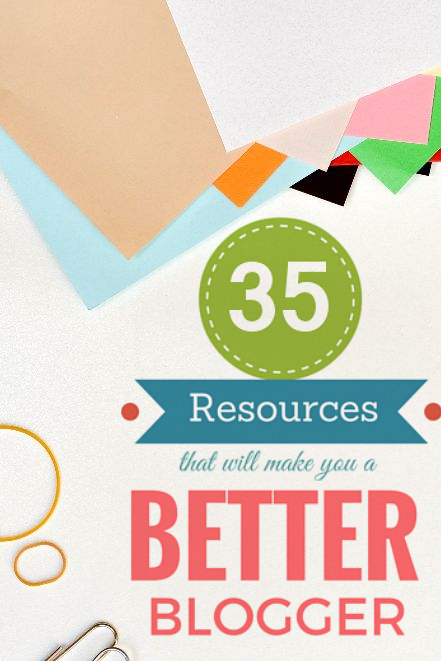1. Host a guest post. Not only does this allow you to have a day off from posting, but it also gives a chance to yourself and your guest to snag some new readers from each other’s blog!
2. Host a Q&A. Readers only know as much as you give them and many are dying to know specific things about you or your blog, so why not use that for a blog post? Take to twitter and ask for your readers’ questions before answering them on your blog.
3. Share your favourite blogs. Readers are always on the lookout for great blogs so why not share your favourites? Talk about what makes each of these blogs so great or unique and why your readers ought to give them a chance. You never know, your favourite bloggers may repay the favour and give a little shout-out to your blog in return!
4. Share your top blogging tips. Us bloggers are nosy and we love nothing more than a little tip or trick on how to blog! So share your success story; tell us what worked and what didn’t for your blog; give us ideas.
5. Update an old post. We live and learn and our opinions change, so maybe there’s an old post that no longer reflects the way you feel?
6. Share a recipe. If it fits in with your style of blog, why not share a recipe? It can be as creative or as common as you’d like, but even common ‘day-to-day’ recipes can have that 1 ingredient that sets it apart from all other recipes.
7. Create a list of goals for your blog. Planning and setting goals for your blog doesn’t have to be a private affair hidden in your notebook; sharing it with your blog readers will in fact help you stick to your goals, as you’ve publicly declared them.
8. Share your resource list. Much like being on the constant lookout for tips to improve our blogs, us bloggers are always on the hunt for more resources that will help us do our job quicker or more efficiently.
9. Review your favourite items. Bloggers have a great deal of influence over what we buy, so use it to tell your readers what’s worth the money and what isn’t.
10. Review your favourite apps. Whether they’re apps you use for blogging or day-to-day activities, we want to know about the apps we’re missing out on.
11. Tell us about the main attractions of your town/country. Ideally, don’t discuss the biggies that everyone already knows about. Ignore the Eiffel Tower and tell us about a cute little café we must visit, or that underground tunnel tourists don’t know about.
12. Write a “How To” about something you know. Educational blog posts offer some of the most valuable content online, so teach us something you know.
13. What blogging problems have you encountered and how did you overcome them? Similar to tips or success stories, readers want to know how you overcame problems that they may be having themselves. Relatable content is a winner!
14. Share your views on a current issue. Political, technological, or whatever it may be.
15. Talk about dealing with negative comments. All bloggers may at one point or another be subjected to negative comments or feedback, and many will take it hard. But we all know that negative comments online are practically inevitable, so help them deal with this problem effectively.
16. Tell your readers how to deal with people you know finding your blog. This is a very common fear amongst new (and some older) bloggers, so it’s an important issue to address. If you have any experience on the matter, use it.
17. Discuss why social media matters for bloggers. If we’re writing blog posts, we want them to be seen. Social media presence can help to attract new readers, but many don’t know how to use it effectively.
18. Tell us how to increase our social media following/interactivity. Similarly to the previous idea, we all want to have a larger following that interacts with us and our content.
19. Write about what readers look for in a blog. What kind of content is the most popular? What makes people interact with your content?
20. Write about what PR/advertising companies look for in a blog. While we all know that money or free products shouldn’t be the motivation behind writing a blog, many hope to earn these things. So why not share your knowledge to help them get there?
21. Share your tips for taking great blog photos. Great photos are an important part of blogging, so you can be certain that we want to know how to take the best photos possible.









